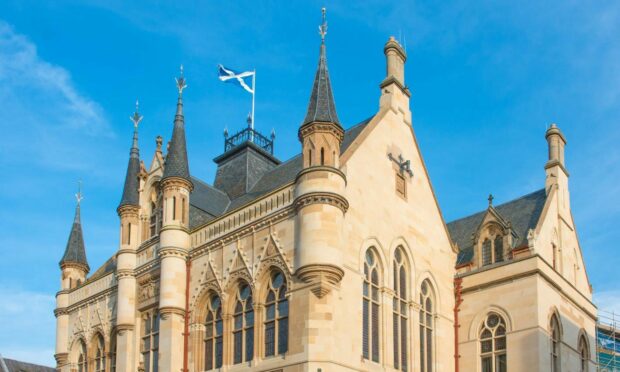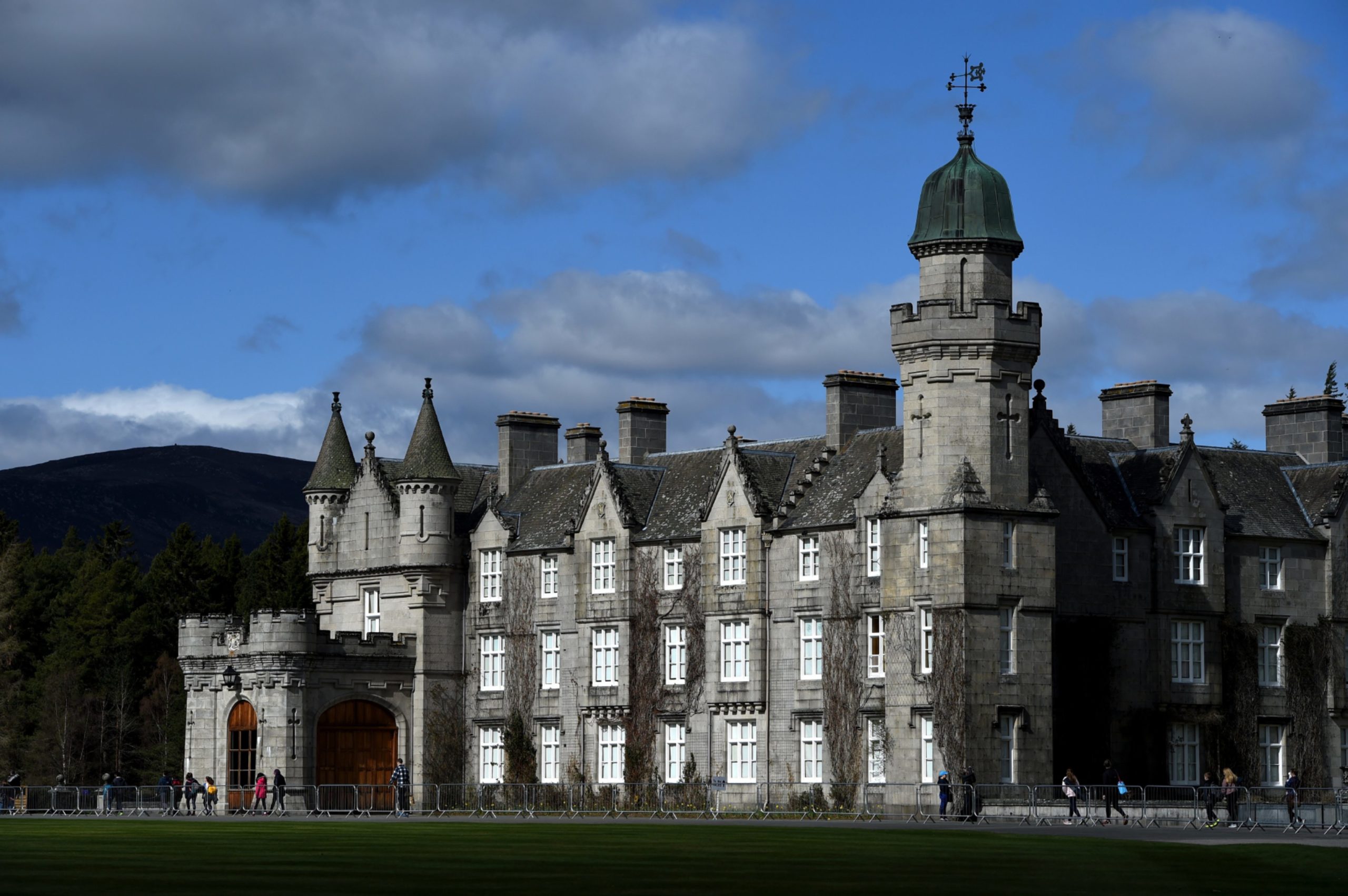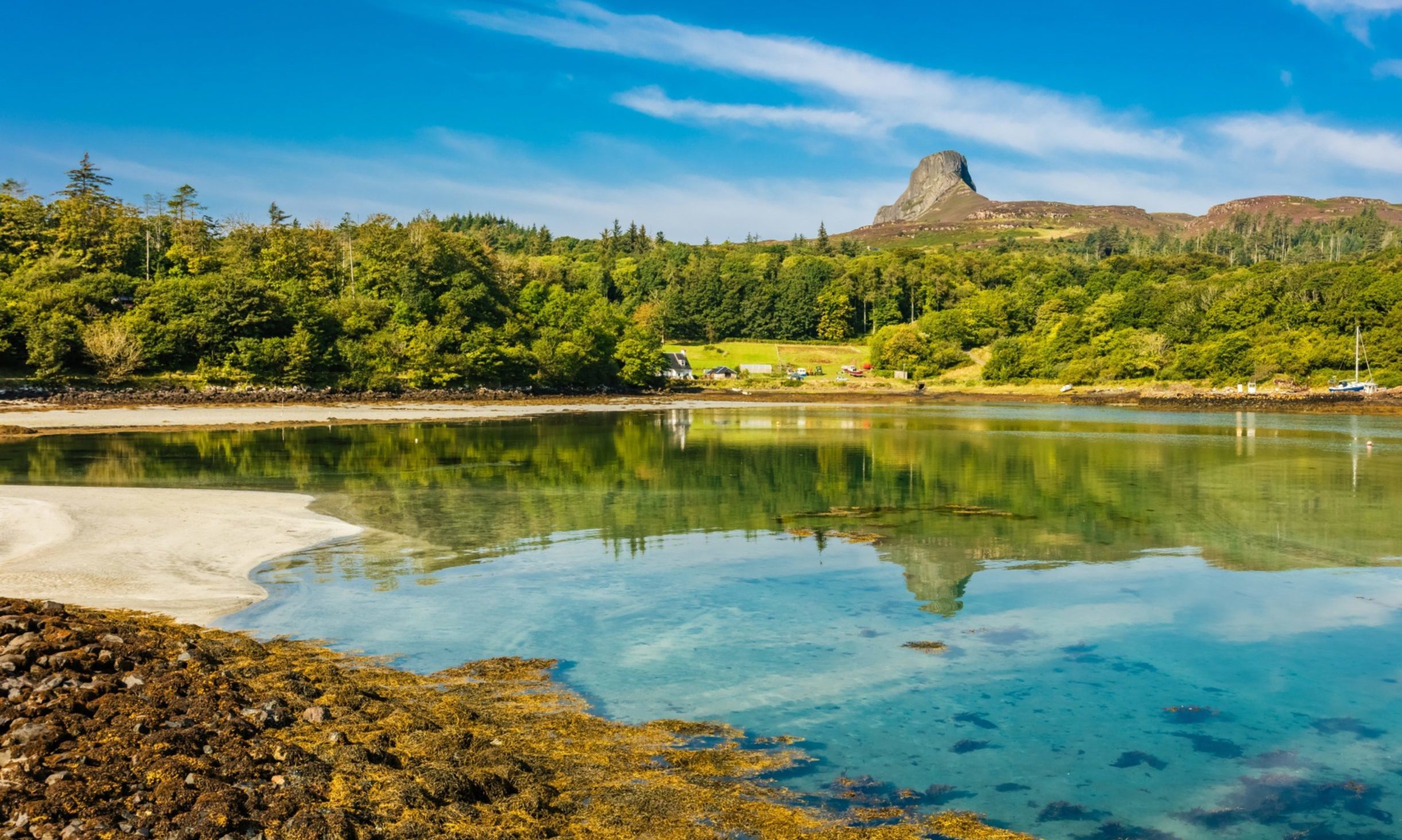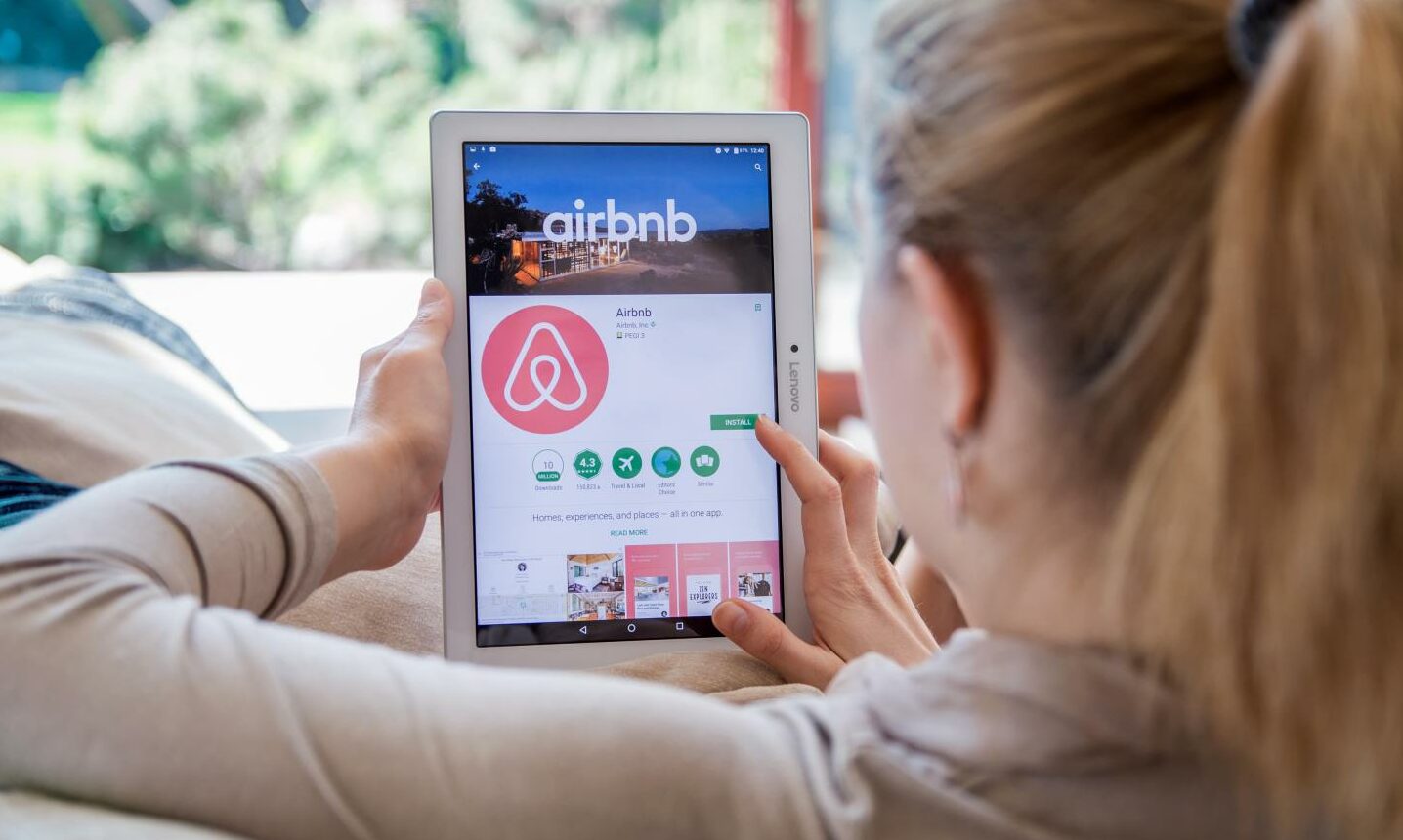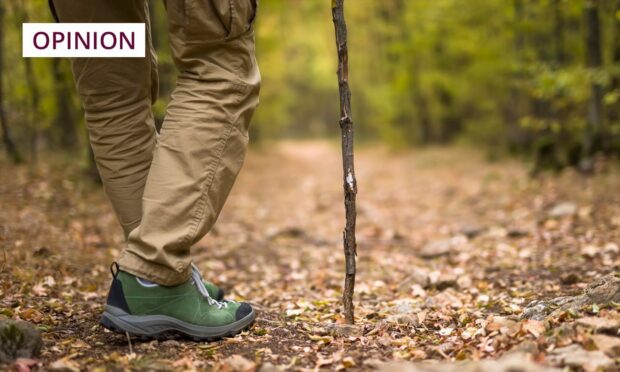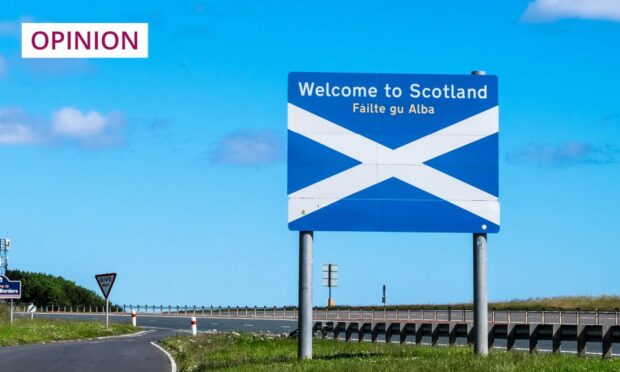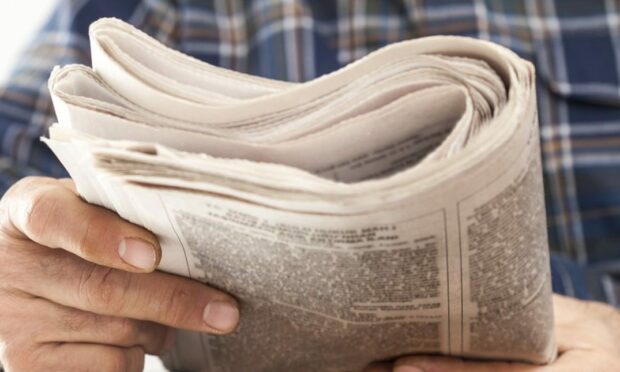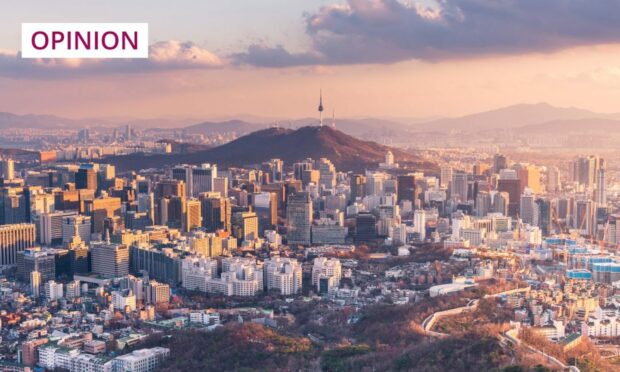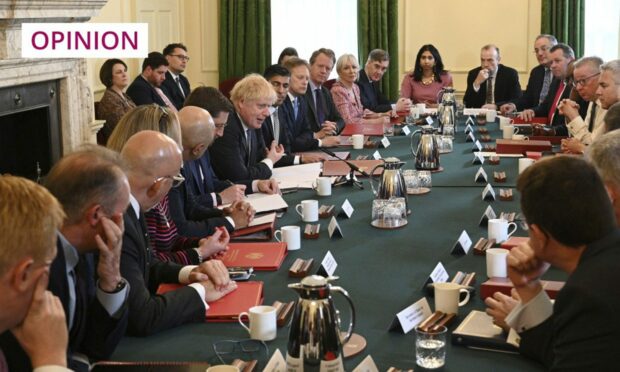The relationship between town and country has always been fascinating.
Part of the interest lies in working out where one ends and the other begins.
I suppose it depends on time. Take Inverness, for example. When I first went there in the 1970s, the country was much nearer than it is now. All those green fields surrounding the town (now the city) which are today filled with houses, offices, roads, industrial estates, retail and leisure parks.
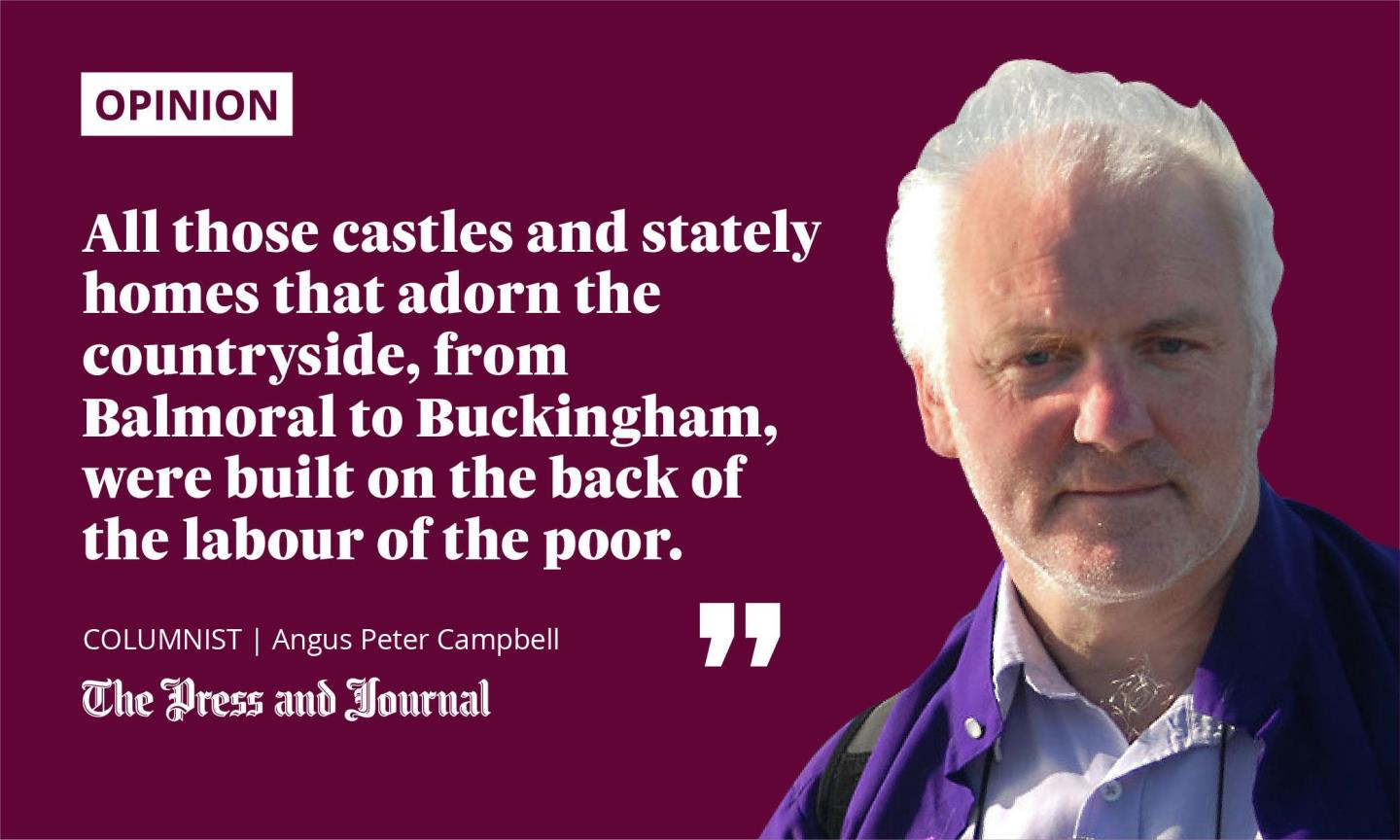
Just beyond where the Eastgate Shopping Centre and Morrisons car park are lay the cattle mart, where all the country farmers and crofters gathered to buy and sell and blether. Hip flasks were to be seen, on the odd occasion. Bulls bellowing and cows lowing within sight and sound of the splendid Town House itself.
Who owned land mattered – no matter how they got it
I suppose that, once upon a time, everywhere was countryside. Even Londinium, which at the time of Christ was only a small settlement by the River Thames. Up until the second half of the 19th century, hundreds of thousands of geese and turkeys and cows and sheep were being walked into London to feed the growing population.
William Blake didn’t just imagine the New Jerusalem being built on England’s green and pleasant land. Nor was it an accident that Adam Smith called his masterpiece The Wealth of Nations. That wealth was built, literally, on land.
It all came down to who owned the land, whether acquired by robbery or war or pillage or by an act of parliament or by an enclosure or by marrying your eldest daughter to the heir apparent. It was the key to wealth. That land was then worked for you by peasants.
All those castles and stately homes that adorn the countryside, from Balmoral to Buckingham, were built on the back of the labour of the poor. Surplus wealth, Adam Smith called it. Or perhaps that was Karl Marx.
And, when the landlords ran out of profitable land here, there were endless acres of it elsewhere, from Virginia to the Bahamas, and an endless supply of slave and low-wage labourers to work it.
Land is a finite asset
In Scotland and in the Scottish Gàidhealtachd, land ownership has its particular sorry history. At one time, the clan chief held the land in trust, as it were, on behalf of his people.
Around 400 individuals own more than half the land in Scotland, with three-quarters of a million of these acres owned by companies registered in offshore tax havens
In exchange for their labour and produce and war services, they were given a patch of land to live on, under the guardianship of their chief. But that didn’t last, as soon as agricultural capitalism took hold. As James Boswell put it in his famous A Journey to the Western Islands of Scotland with Dr Johnson, “the chiefs […] gradually degenerate from patriarchal rulers to rapacious landlords.”
Land is a finite asset. As Mark Twain advised: “Buy land. They’re not making it anymore.” Around 400 individuals own more than half the land in Scotland, with three-quarters of a million of these acres owned by companies registered in offshore tax havens. No doubt you and I pay more in tax than these absentee millionaires who “own” these estates.
And does it really matter who owns the land? Of course it does. You only have to look at the Isle of Eigg, which through community ownership has totally regenerated itself compared to the sorry old days of Keith Schellenberg and his kind.
The yield of the ground is according to the landlord
But there’s another major issue. Not just land ownership, but land use. Sometimes the two are connected, sometimes not. You may own land and use it ecologically well and productively, and you may own land and use it badly or not use it at all. And that goes as much for community-owned land and croft land as for privately-owned and offshore-registered land.
There’s the problem of buyers from down south who’ve sold a house with enough spare silver jingling in their back pocket to outbuy any local. There’s the vast issue of Airbnb and second houses while locals can’t get a roof over their heads.
There’s the continuing grief of seeing so many crofts lying empty and going to waste when so many young people would love to work them. There’s the rush of “rewilding”, often for tax purposes, when what’s really (or also) needed is re-peopling.
There’s an old Gàidhlig proverb that says “fàs a’ ghrùnnd a rèir an uachdarain” – “the yield of the ground is according to the landlord”.
While the yield is driven by property and profit and the market alone, it will continue to destroy. We urgently need an alternative yield, putting people and produce first.
More potatoes as it were, and less portfolio.
Angus Peter Campbell is an award-winning writer and actor from Uist
